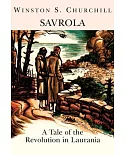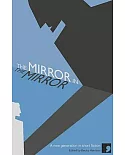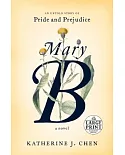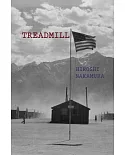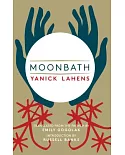In 1947, Lionel Trilling, the prominent literary critic, published a novel entitled The Middle of the Journey. While conducting research in the archives at Columbia University, Geraldine Murphy
discovered a second novel - a clean, well-crafted "third" of a book that Trilling described as having "point, immediacy, warmth under control, drama, and even size." The Journey Abandoned was
supposed to be a novel about the anomalies of heroic action in a conformist age. Instead, published here for the first time, it is a highly personal portrait of the life of letters in
America.
Jorris Buxton, the narrative's larger-than-life focus, is an elderly poet and novelist turned distinguished mathematical physicist. Modeled on the romantic poet Walter Savage Landor, Buxton is
destined to embroil himself in a principled but somewhat absurd conflict, just as the aged Landor had, and through his folly complicate the lives of his admirers. These memorable characters
include Garda Thorne, a beautiful short-story writer (and Buxton's former mistress); Harold Outram, the director of an influential private foundation and a compromised man of letters; Philip
Days, the headmaster of a private school; the Hollowells, a wealthy, progressive couple; Marion Cathcart, a young woman of Outram's household; and Vincent Hammell, an untried literary man from
the Midwest and Buxton's newly appointed biographer.
Hammell is the central consciousness of the novel. A young man from the provinces, he is drawn from Trilling's own experience yet also indebted to the nineteenth-century bildungsroman, the
literary form Trilling admired as a critic and emulated, in these pages, as a novelist. In her introduction, Murphy considers how The Journey Abandoned relates to the critical ideas Trilling
articulated in his famous essay collection, The Liberal Imagination. She speculates that Henry James came to displace Landor as the model for Jorris Buxton, a development that may have both
inspired and inhibited the writing of this novel.


